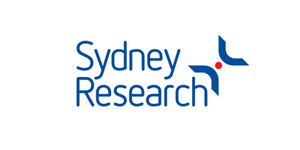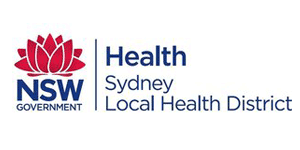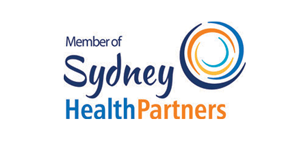The Woolcock Institute of Medical Research
9 News: Poor home lighting dims alertness, experts warn
Sleep specialists are concerned people working from home due to Covid-19 are not getting the bright light needed to sleep well and feel alert during the day.
Woolcock Institute of Medical Research in Sydney has launched a study investigating the relationship between home lighting and sleeping patterns among Australians. It is thought that work-from-homers, retirees and others who spend a lot of time at home may not be getting the morning light boost needed to keep the body clock aligned.
“People who don’t get enough light can develop disrupted circadian rhythms that leave them with poorer sleep and daytime tiredness which could increase their risk for accidents,” explains Associate Professor Christopher Gordon, Woolcock Research Fellow and a researcher on the project. “Homes are often not well lit to support the body clock, so it’s likely those spending a lot of time in their houses are not getting the light exposure they need.”
Sleep problems are chronic and widespread in Australia, with recent research showing almost 60 per cent of adults have difficulty falling asleep or staying asleep, or waking too early on a regular basis. Older adults are disproportionately affected. Sleep problems lead to daytime impairments like fatigue, irritability, inability to concentrate, social isolation and interference with daily activities. Health problems, such as cardiovascular disease, depression, neurodegenerative diseases and obesity may also be impacted, Associate Professor Gordon says.
“For many people the go-to solution is sleeping medications, but these have lots of side effects and are not recommended for long-term use,” he says. “We think lighting may offer a safer, cheaper and more effective alternative therapy to improve sleep quality, daytime alertness, circadian rhythmicity and cognitive function.”
The Woolcock team is recruiting 80 volunteers aged 50 and over from across NSW. Over the course of one week, participants will wear an actiwatch to determine their sleep-wake patterns and a small light sensor pin which attaches to clothing to measure light exposure.
Associate Professor Gordon expects to find a link between how much light exposure a person gets and how well they sleep. “We’ll be looking to see if less natural sunlight or lower daytime lighting indoors, is negatively impacting on sleep,” he says. “We know that a decent dose of natural light in the morning is particularly important for aligning the body clock and improving sleep.”
Some of the volunteers will then be enlisted for stage two of the study which looks to ‘reset’ the body clock with carefully-timed exposure to blue-tinged bulbs during the day. “Participants will get exposure to either normal indoor lighting or blue-tinged short-wavelength lighting which is abundant in daylight,” the specialist says. “If therapy is successful, participants will feel tired at bedtime, sleep more solidly at night and be more alert during the day. Ask anyone with sleep difficulties and they’ll tell you that sounds pretty good.”
Associate Professor Gordon envisages a future where smart lighting can treat circadian sleep disorders, improve alertness and reduce accidents, particularly in high-risk environments like nursing homes and hospitals.
The study involves those with sleep difficulties who have not been diagnosed with insomnia or obstructive sleep apnoea. Click below for more information or to get involved in the study.










